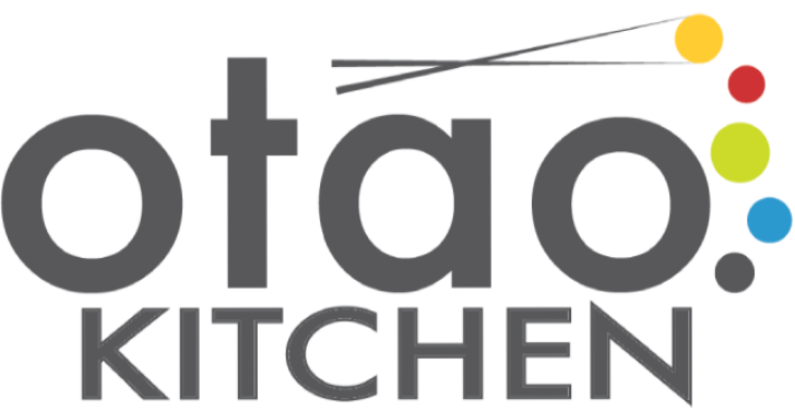
Blogs

Steaming is one of the three main cooking techniques used in Chinese cuisine, alongside stir-frying and deep-frying. It is a healthy cooking method that allows the ingredients to truly shine without adding oils. It doesn't require mixing or stirring so it’s the preferred cooking method for delicate foods that might otherwise break apart.

Tips for Eating Street Food When Travelling in Thailand
Travelling to Thailand isn’t just a journey through temples, beaches, and bustling markets—it’s a feast for the senses, especially your tastebuds. One of the country’s greatest cultural treasures is its vibrant street food scene, and if you're visiting Thailand, diving into its sizzling, steaming, flavour-packed stalls is practically a rite of passage.
In fact, street food is a way of life in Thailand. Many locals eat out more often than at home—partly because homes may not have full kitchens, and surprisingly, raw ingredients can sometimes cost more than prepared meals. Whether you're wandering Bangkok’s alleyways or exploring a night market in Chiang Mai, you'll find yourself surrounded by an irresistible selection of noodles, curries, grilled meats, dumplings, sticky rice, tropical fruits, and more—all incredibly affordable.
However, as with all street food adventures, especially in unfamiliar places, safety and hygiene are key. Here's how to enjoy Thai street food to the fullest—without getting sick.

How to Store Thai Curry Paste: Tips to Keep It Fresh and Flavourful
At Otao Kitchen, we know that the best Thai curries begin with bold, aromatic curry pastes. Whether you've crafted your own fresh paste during one of our Thai cooking classes or picked up a high-quality packaged version, preserving that vibrant flavour is key to unlocking delicious Thai dishes any night of the week.
In this guide, we’ll show you the best ways to store your curry paste — in the fridge or freezer — so none of that spice and aroma goes to waste.

The Benefits Of Using A Mortar & Pestle
If you're serious about flavour, there’s one simple, ancient kitchen tool you need in your arsenal: the mortar and pestle. It might look old-school, but when it comes to unlocking intense aromas, building pastes, and creating authentic textures, nothing compares. Whether you’re crafting a punchy Thai curry paste or just bruising herbs to rub over roast chicken, the mortar and pestle is your secret weapon.
At Otao Kitchen, we teach with tools that make food taste better — and this is one of them. Here's why.

How to Balance Flavour Like a Chef (Without Culinary School!)
Every Asian dish is so dynamic in flavour. A Thai curry has sweetness from coconut milk and palm sugar, savouriness from fish sauce, spicy and earthy notes from herbs in the curry paste, and sour from the finish of lime juice. All these different flavours combine to achieve a delicious balance on our taste buds.
If a flavour balances another flavour, it means it counteracts it to achieve an even, harmonious taste. For example, spice balances sweet and sweet balances spice. It’s why Mexican hot chocolate is finished with a pinch of cayenne pepper, the spice works with the sweet to produce a more dynamic flavour. Flavours can also enhance each other. This is why there are sea salt caramels or salt chocolate chip cookies. That light addition of saltiness actually amplifies the sweetness of those caramels and cookies.
These are the simple rules dictating how each element will affect overall flavours:

Best Meat Cuts for Slow Cooking: Make Every Bite Tender and Delicious
Slow cooking is one of the most rewarding and economical ways to turn humble cuts of meat into rich, comforting meals. Whether you’re making a winter stew, a hearty braise, or a fragrant curry, cooking “low and slow” transforms tougher cuts into melt-in-your-mouth masterpieces.
In this guide, we explore the best meat cuts for slow cooking, how to prepare them, and expert tips on braising and roasting. Plus, learn why these overlooked cuts are actually the most flavourful!
Slow cooking is an economical way to turn a basic cut of meat or poultry into something memorable and delicious! By following the principle of ‘low and slow’, you can create meltingly tender curries, braises, stews, roasts and soups. Cooking the right cuts of meat at low temperature for an extended period of time can be the key to turning something good into something great.
